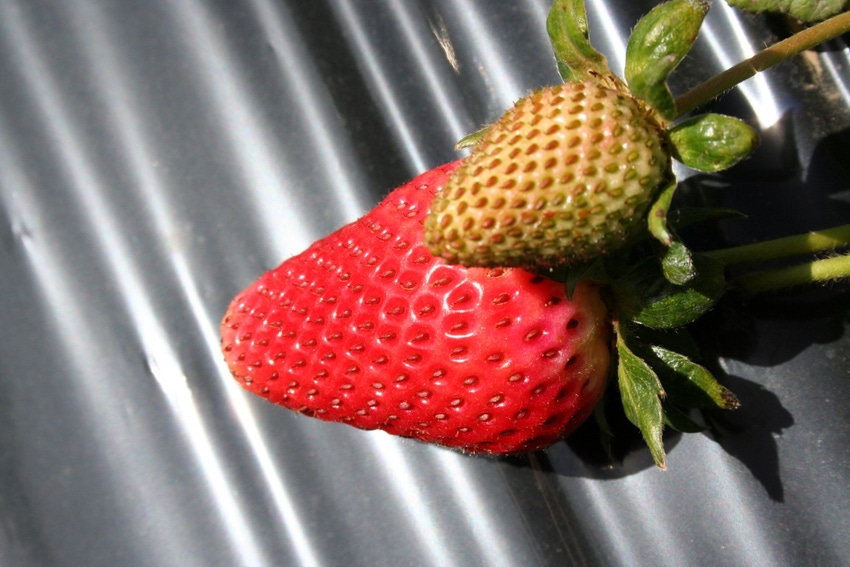
The California Department of Pesticide Regulation will soon implement more stringent rules on chloropicrin fumigant use 'to better protect those who work and live near treated fields.'DPR Director Brian Leahy - 'California is ensuring that the communities where farmers produce and grow food are protected from harm.'
January 14, 2015

The California Department of Pesticide Regulation (DPR) will soon implement more stringent rules rules on the use of the pesticide fumigant chloropicrin in agriculture which the agency says will provide enhanced protection for those who work and live near treated fields.
Chloropicrin is injected into the soil to control pests which threaten crops including strawberries, melons, tomatoes, almonds, raspberries, peppers, and melons.
Among the California counties where the fumigant is applied include Ventura, Monterey, Santa Barbara, Fresno, San Joaquin, and Santa Cruz.
DPR Director Brian Leahy said, “These new measures are an additional safeguard for nearby residents. Our regulatory program is the most stringent in the nation and sets an example for other states to follow.”
Under state law, chloropicrin is a restricted material used by trained licensed professionals who can only apply it in compliance with restrictions specified in a permit issued by a local county agricultural commissioner.
DPR says these conditions are designed to protect against excessive exposure to chloropicrin which can cause eye or respiratory irritation.
The regulatory agency says the new restrictions are more protective than those at the federal level put in place in 2012. DPR weighed extensive public outreach and comments in 2013 in developing the new rules.
The new measures include:
Larger buffer zones
DPR has developed larger buffer zones for chloropicrin use – in some cases zones twice as large - than the current U.S. EPA label. Larger buffer zones will apply where totally impermeable film (TIF) tarps are not used. DPR says TIF tarps are more effective in controlling fumigant emissions in soil.
A buffer zone is an area that surrounds a field treated with a pesticide. Certain activities are restricted within the area for a specific period of time to protect human health.
Minimum buffer zones
The current minimum buffer zone required when chloropicrin is applied is 25 feet. DPR’s new measures will require a minimum buffer zone of 25-100 feet, depending on whether a tarp is used and type of tarp.
Limiting acreage
The new rules reduce the field size where chloropicrin is used. Current U.S. EPA labels allow chloropicrin applications up to 160 acres per day. DPR is reducing the daily acreage limit to 40 acres per day.
With TIF tarps, the application can be up to 60 acres per day. DPR says TIF tarps are highly effective in controlling fumigant emissions in soil.
Notification
In some cases, current requirements specify that homes and businesses within a certain distance of treated fields be notified that fumigation must be conducted in English and Spanish.
Notice of intent requirements
DPR will require growers provide details on upcoming fumigation at least 48 hours (previously 24-hours) before the scheduled application to the local county agricultural commissioner.
Click here for the full list of the new mitigation measures and previous documents about chloropicrin mitigation.
DPR will make these new measures a statewide requirement, but intends to put them into effect as soon as possible by providing interim permit conditions for the county agricultural commissioners to implement locally.
Chloropicrin has been used in the U.S. since 1975, including 67,000 acres in California in 2012.
You May Also Like



